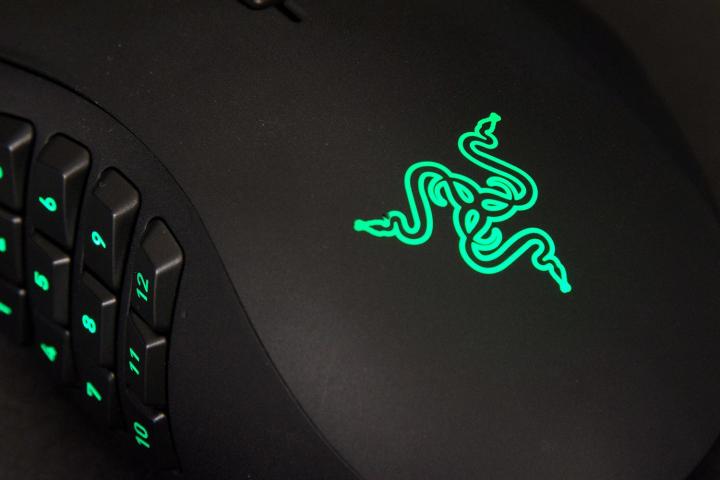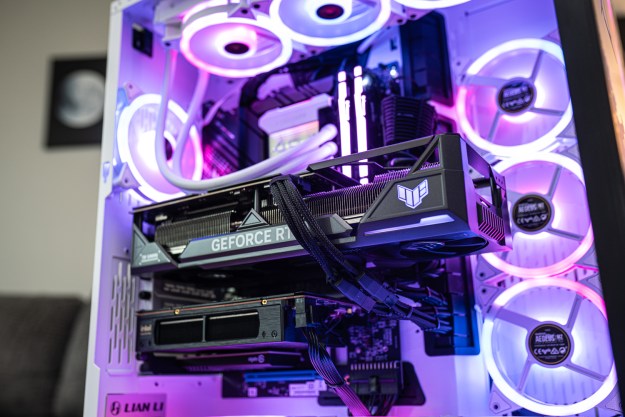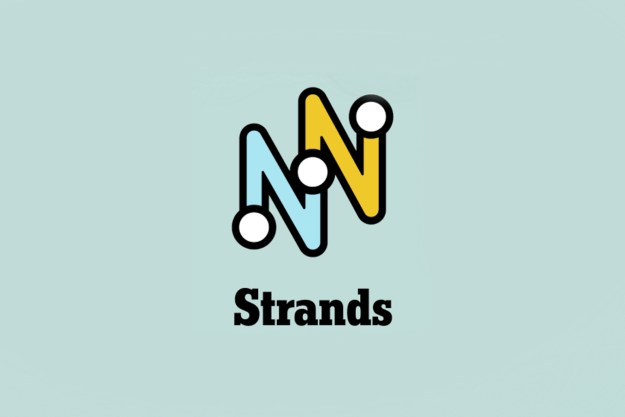
“Razer is a world leader in connected devices and software for gamers,” the Khronos Group said. “Its award-winning design and technology span systems, peripherals, audio and wearable technologies. Razer co-founded OSVR, an open-source platform that integrates VR, AR and mixed reality hardware and software APIs that support a universal VR ecosystem.”
The Khronos group launched the Vulkan specification on February 16 along with drivers and software development kits. It is meant for all modern graphics chips found in PCs, gaming consoles, mobile devices, and embedded platforms. It enables software like PC games and graphics-intensive applications to ‘speak’ directly to the graphics chip to a certain degree for optimal performance.
Unlike Microsoft’s DirectX, which was specifically created for Microsoft Windows, Vulkan is designed to work on different operating systems. Companies that now support Vulkan through graphics drivers include AMD, Nvidia, Intel, Qualcomm, and a few others. Epic Games’ widely-used Unreal Engine for games on a multitude of devices supports the new Vulkan API as well.
News of Razer’s involvement with the Khronos Group arrives after the company announced that software supporting the Open Source Virtual Reality (OSVR) platform is now available on Steam. Developers looking for cool apps and games for the OSVR HDK 1 and HDK 2 kits can simply enter “OSVR” in Steam’s search tool to pull up the compatible software. Each listing features the OSVR logo by its name.
“This is a great milestone for VR, giving users access to more hardware and content and driving Valve’s and OSVR’s shared vision of totally open VR content to everyone,” Razer OSVR lead Christopher Mitchell said.
The Vulkan API is what is left of AMD’s “Mantle” initiative to provide game developers more access to its graphics chips based on the Graphics Core Next architecture. Software has many layers, with the outermost layer seen by the consumer. Mantle, Vulkan, and the latest version of DirectX are more “close to the bone” than what we have seen in the past, enabling developers to have better access to the underlying hardware to create the best, fluid experience. Vulkan expands on Mantle by supporting more than just AMD’s hardware.
Razer’s involvement in the open-source Vulkan project should come as no surprise given it co-founded the open-source OSVR consortium for virtual reality. Both projects are seemingly meant for each other, as the happy couple aims to provide the ultimate experience without restrictions. After all, Razer is all about serving up the absolute best for PC gamers across the globe and Vulkan seems aimed at doing just that.
Editors' Recommendations
- Razer made the best gaming mouse even better
- Razer, somehow, made a mouse pad exciting
- The best gun controllers for PC games
- Serious gamer? These Asus, Razer gaming keyboards have never been cheaper



